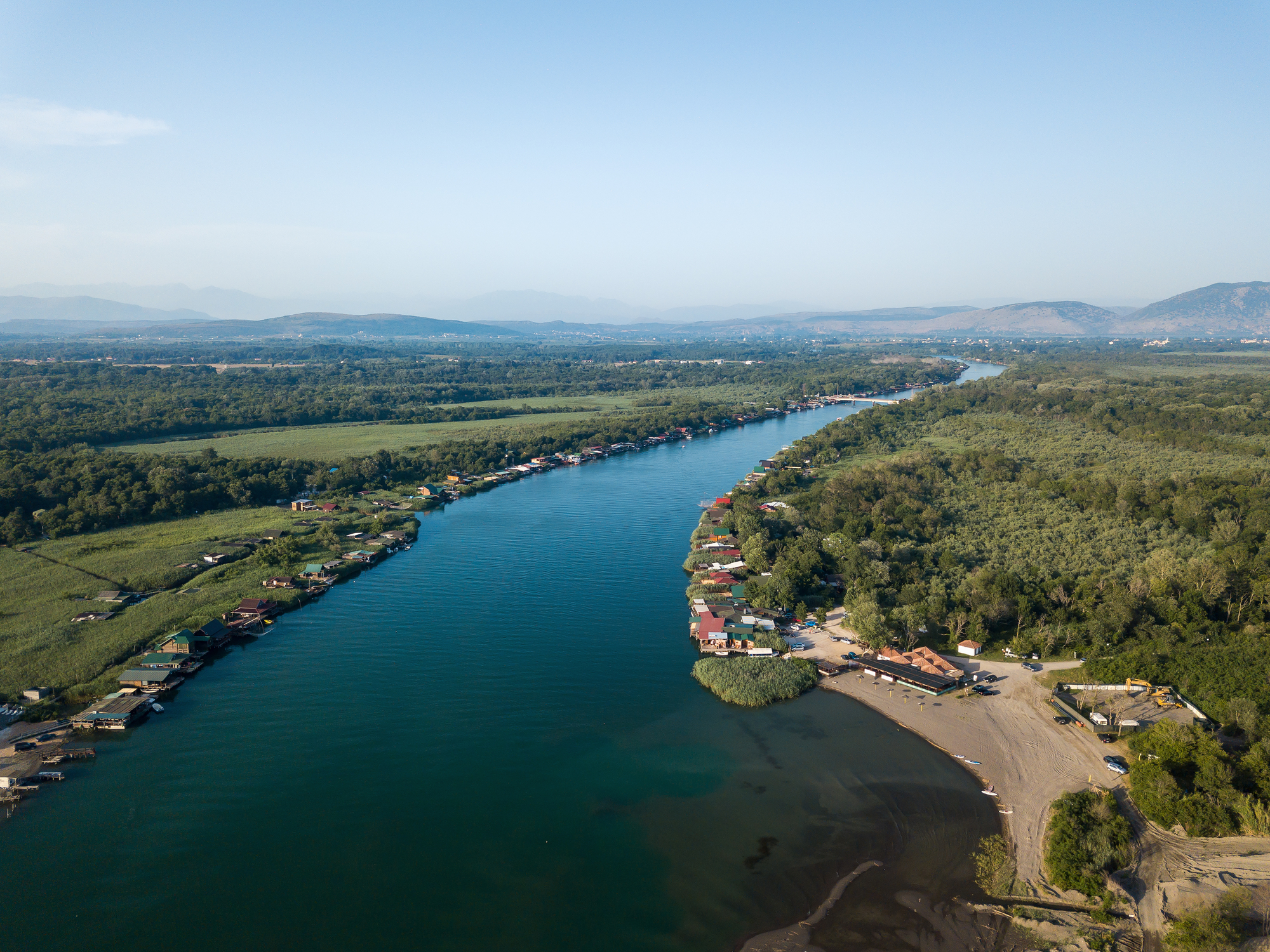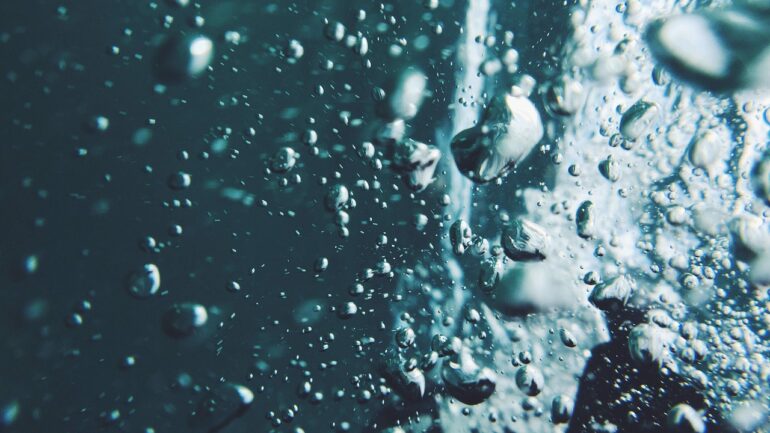By Thu T. A. Nguyen, Publishing Associate: Researcher and Writer at Save the Water™ | April 17, 2024
Saltwater contamination (or saltwater intrusion) is a common issue along the coasts of many countries, including the United States. President Biden recently announced a federal emergency in New Orleans because seawater intrusion posed a major public health threat. Different groups have proposed various solutions in response to this pressing issue, one of which we’ll discuss in this article.
What Causes Saltwater Contamination?
Usually, saltwater is water with a high concentration of sodium chloride (more commonly known as sea salt). Saltwater contamination occurs when salt water is mixed with a freshwater source. This raises the salt concentration of fresh drinking water, making it undrinkable and threatening aquatic life.
Multiple causes can lead to saltwater contamination:
- Irrigation (or groundwater pumping)
- Rise in sea levels as a result of climate change
- Human activities such as road salt applications, fertilizer applications, and mining
Saltwater contamination can have severe and long-lasting effects:
- Forest damage and reduced agricultural productivity
- Lower ecosystem diversity due to disappearing natural habitats
- Increase in greenhouse gasses
- Adverse effects on the human body when salt water is consumed
- Worsening of current infrastructure problems since saltwater eats away lead pipes faster than freshwater.
Funding for Saltwater Contamination Management
Saltwater contamination can affect the lives of hundreds of thousands of people adversely. Admirably, the federal and state governments have taken immediate measures to tackle this issue. However, these last-resort solutions come at a high cost. In addition to monetary costs, current desalination plants are energy-intensive and inefficient. Running a plant with reverse osmosis technology is equivalent to driving around 2,500 to 52,000 cars a year.
The U.S. National Science Foundation (NSF) recently funded several researchers to help monitor and address this issue more systematically. Through its Convergence Accelerator program, it selects teams to develop innovative technologies and solutions to improve U.S. freshwater systems.
One awardee is a collaborative team of scientists from the University of Maryland, Pennsylvania State University, and twelve other institutions. They received $650,000 from the National Science Foundation (NSF) for their program.
What is The Plan?
This team plans to develop a model using the most advanced technologies to understand the saltwater intrusion process better. According to Dr. Raymond Najjar, one of the head researchers, the uniqueness of this program lies in addressing surface water contamination.
Their new model couples watershed and estuary models to mimic reality. According to Dr. Najjar, saltwater contamination can come from two sources: the sea or freshwater runoff. The sea is often the biggest threat in an estuary, where salt and freshwater mix. This area is the source of 70% of drinking water in the U.S.
Freshwater can come from rain, snow, and streams. When this water pools in one place, it is called a watershed. Since this water flows through multiple regions, it gathers salts from roads and other human activities and becomes part of the saltwater issue.
The team is using the Chesapeake Bay and surrounding rivers for their pilot study. With the support of artificial intelligence algorithms, their model will test various management strategies. It will also weigh the pros and cons of competing demands for freshwater.
The Impact
This project spans multiple institutions and involves a wide range of experts. It aims to address the saltwater problem for both developed and under-supported communities. The team includes professors of civil and environmental engineering, geosciences, oceanography, and environmental science. Institutions like the Maryland Department of Planning, Metropolitan Washington Council, and EPA Chesapeake Bay Program are also involved.
This model will support long-term planning and adaptation pathways to battle saltwater contamination. Since many communities rely solely on numerical models to manage salinity, it’ll be a big step forward for multiple systems worldwide.
Beyond the Project
The project highlighted in this article is not the only one to receive NSF funding to advance water solutions. In total, the NSF spends $9.8M on 15 different programs to help improve the U.S. freshwater system. Currently, these projects are in their initial stage. Researchers have nine months to develop their initial ideas into a proof-of-concept to apply for more funding.




